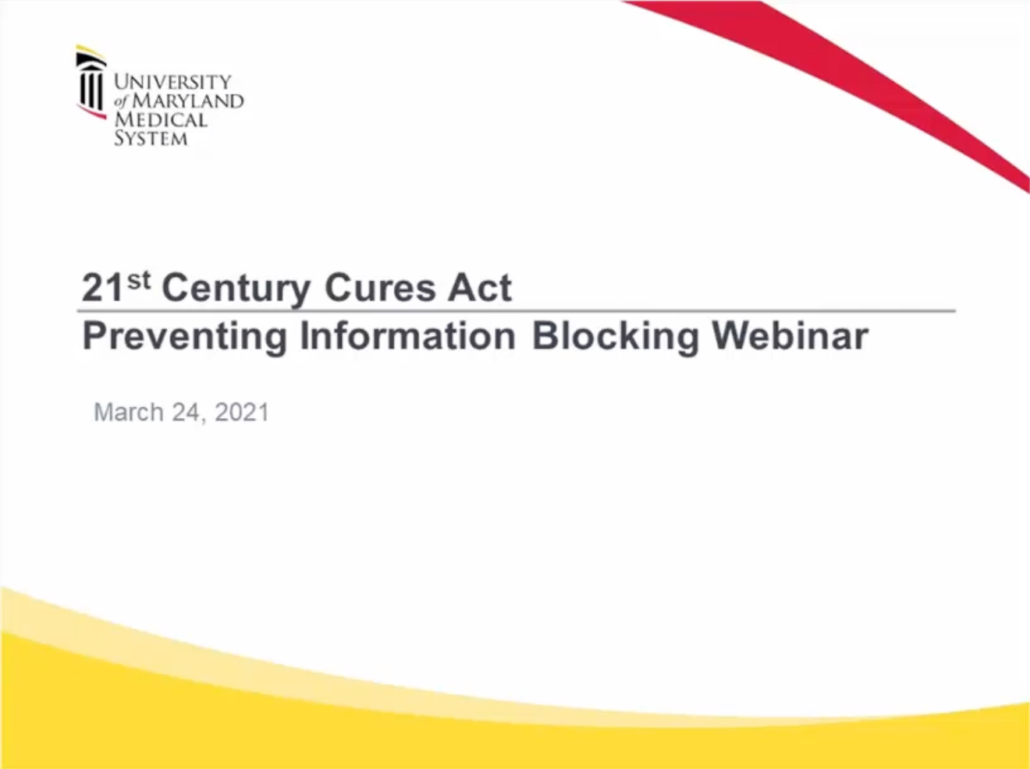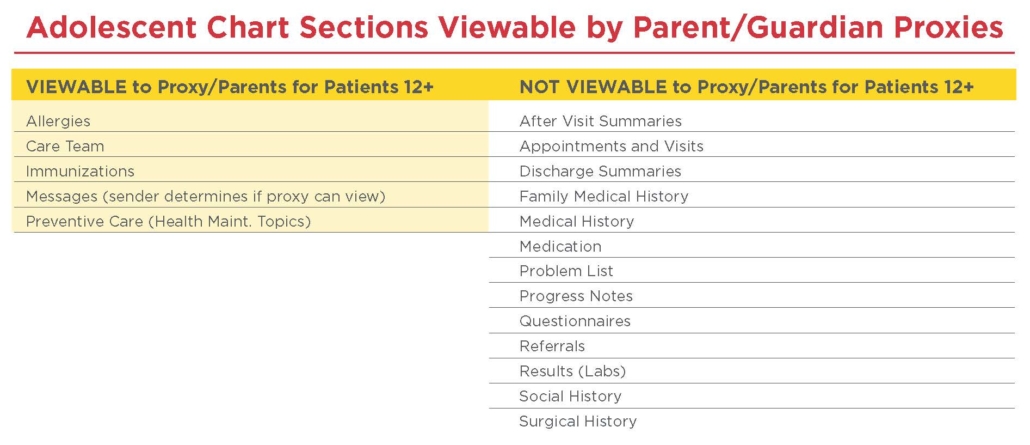What is information blocking?
Information blocking includes anything that interferes with, prevents or discourages the access, exchange, or use of electronic health information, thereby improving patient access to their clinical data.
What changes are required by UMMS?
To ensure compliance with this Act, UMMS will make changes in Epic that will be effective April 1, 2021. After this date, in general, all clinical notes plus all laboratory, radiology and pathology reports will be automatically released to the patient via their MyPortfolio patient portal. Only case-by-case exceptions, as determined by the clinician, will be allowed.
What is the benefit of preventing information blocking?
This change in EPIC enhances UMMS current process of sharing information upon request and creates an opportunity to engage with our patients even more in their own care. It also advances our efforts to inform and educate our team members about patient rights regarding access to their medical records.




 Samuel M. Galvagno, DO
Samuel M. Galvagno, DO